Mad Max: Fury Road
 Scott Pfeiffer
Scott Pfeiffer  Friday, June 5, 2015 at 05:15PM
Friday, June 5, 2015 at 05:15PM 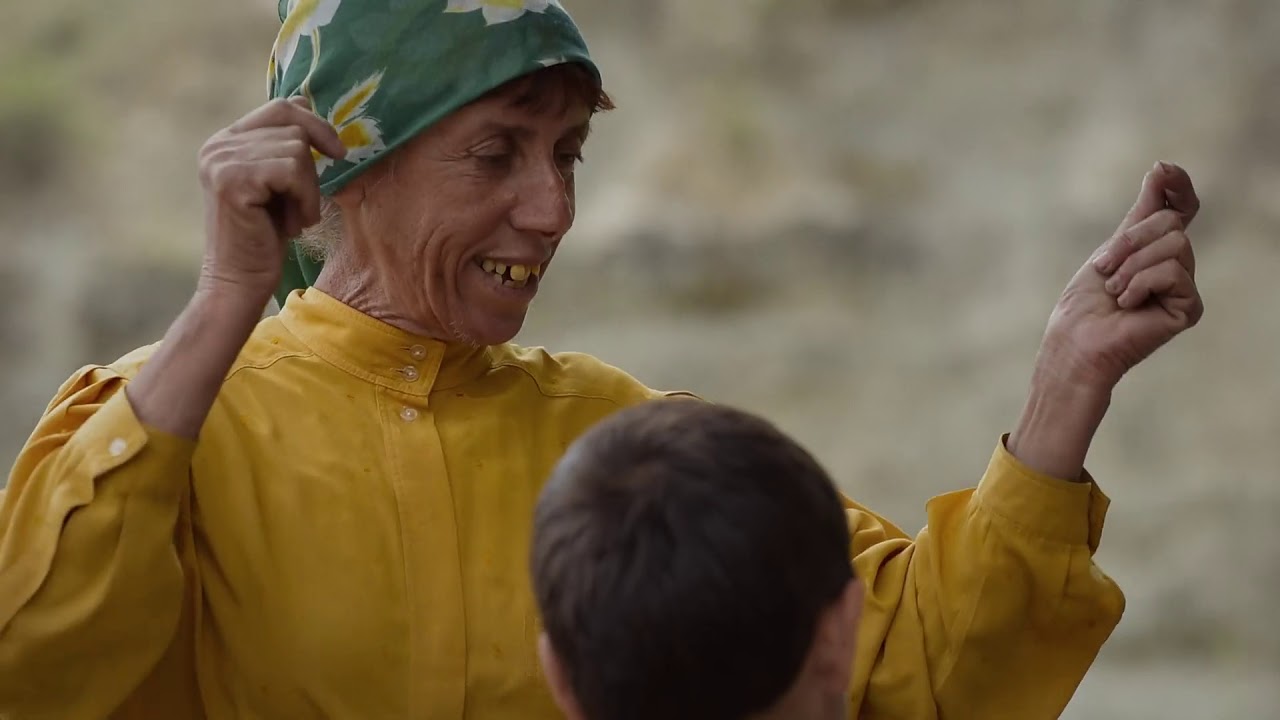
From the world of "Babe: Pig in the City," writer/director George Miller takes us now to the end of the world with "Mad Max: Fury Road." He's set a story of redemption amidst a season in hell. In this blasted-out desert-world, resources vital for survival of the species--like water and healthy young women--are hoarded by tribes of atavistic/futuristic road warriors, burning through the desert in their monster trucks, dying over gasoline. Still, it's not like they're not having fun doing it: society may have gone back to a savage year-zero, but at least these cavemen have tricked-out death-mobiles (and even a flame-throwing electric guitar).
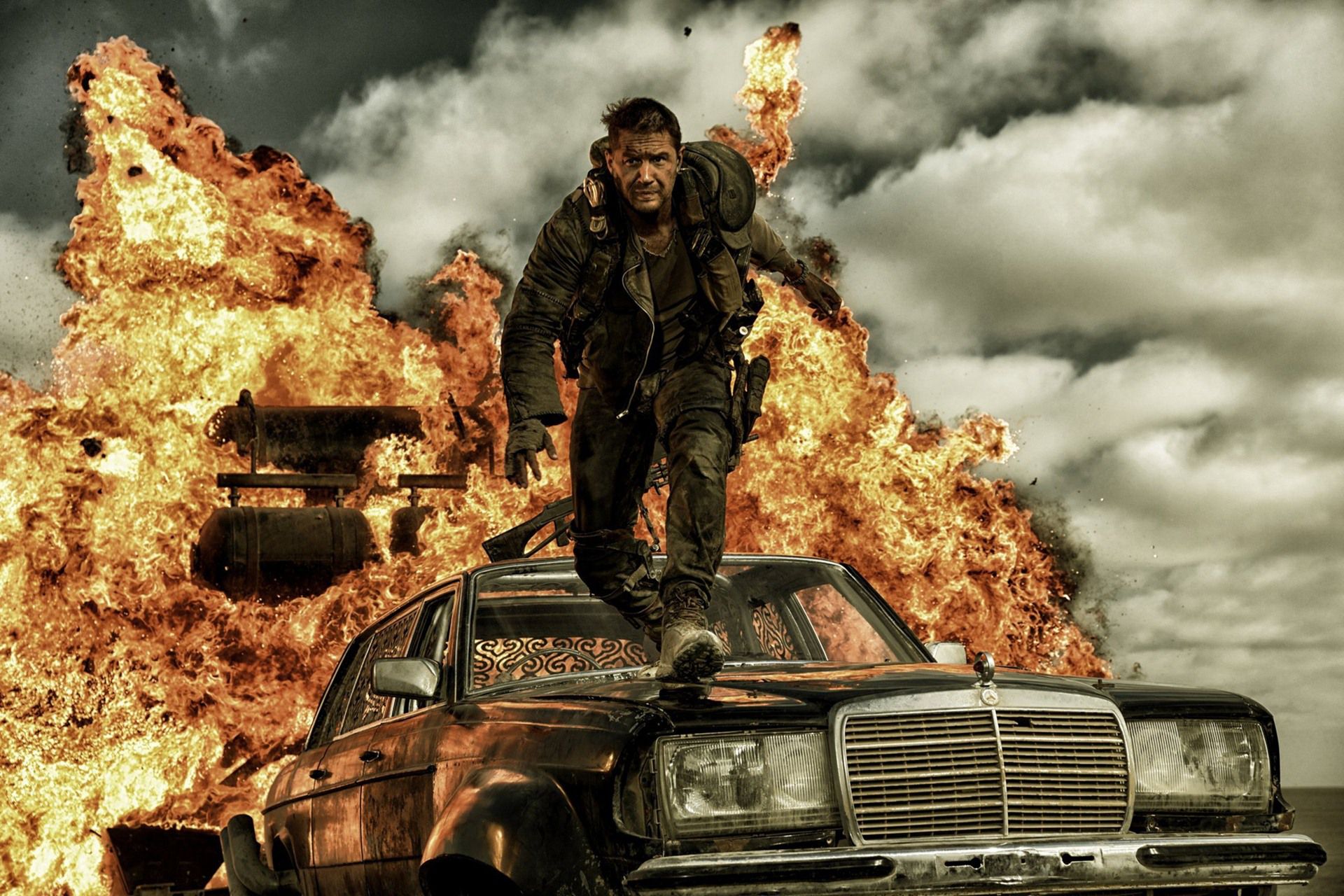
What's new is the feminist power and heart brought by Charlize Theron as Furiosa (Charlize Theron) a prized warrior-driver for the gargoyle-like warlord Immortan Joe (Hugh Kealys-Bryne). Stepping into Mel Gibson's shoes as the loner Max is Tom Hardy, with his rich burr. It's urgent, deeply felt work from both actors. As the film opens Max is kidnapped by the War Boys: these are craven, ghost-white humanoids, raised as cannon fodder by patriarch Joe, so sickly they need to tether themselves to "blood bags" (i.e., human beings). During the furious Max-tries-to-escape-from-being-a-blood-bag sequence, Miller snips frames out, making it even more breathless. Meanwhile, Furiosa goes off Joe's script, swerving off into the desert during a gas-run. We soon find out she is smuggling a cargo of breeder women, helping them escape from Joe. Thus begins a furious race for a green world of legend, a place where they can be free. The image of scantily clad mothers in various stages of "showing," against the vistas of the arid, dry desert is striking, as is, later in the film, the image of a green sprout amidst the blue-black & white desert storms.

Even if the tone of "Fury Road" is unexpectedly tender, though, don't get me wrong: you're still not gonna like this if you're not up for being throw into careening, exploding cars at heavy-metal intensity for a few hours. (At least in this case we care about the people in the cars.) While a lot of the violence is cartoony, some of it no joke at all: real pain, fights that hurt.
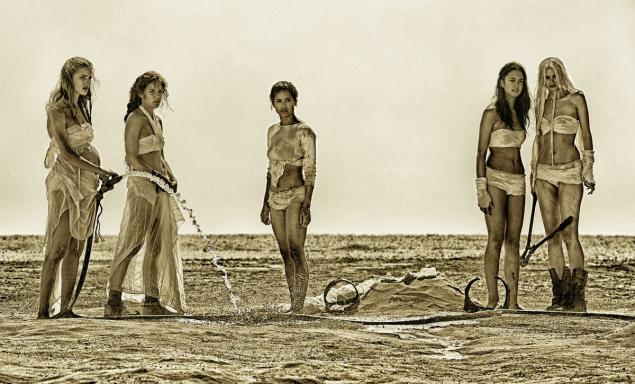
The movie is really just a few set pieces, basically the kind of wild chases that have worked since the very beginning of cinema, taken to a virtuosic level. It's an exhilarating feat of sustained plate-spinning on Miller's part, a pure cinematic experience. (Some of the credit for the rhythm and beauty of the Miller maelstrom should go to the cutting by Margaret Sixel and the music by Junkie XL.)
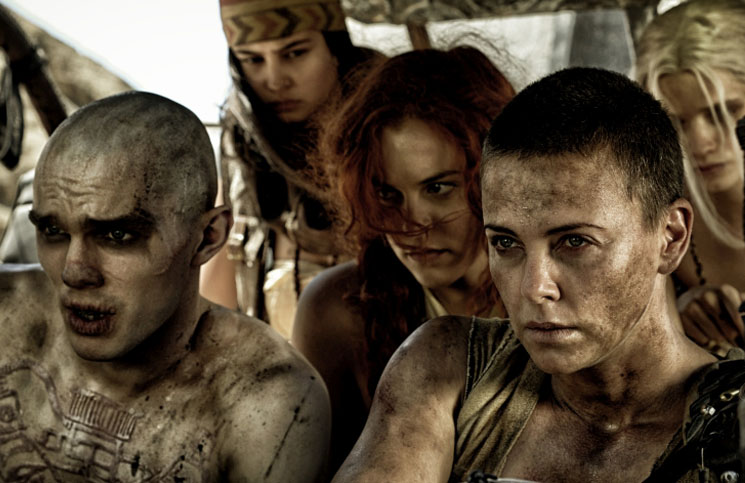
Still, if it were only mayhem, the movie might divert, but would not capture the imagination the way it seems to have done. What is it about the movie that is resonating with people on an emotional level? I think it's because in the face of these badlands, it's still a story about a search for a land of hope and dreams... even if those dreams exist only as a glint in Furiosa's eye. As fierce as she is, she carries that fragile promise--the promise of a new world waiting to be born--within her as if she must shepherd it through all this darkness to a place where that seed can be planted. And if that place turns out to be pie-in-the-sky, you don't give up: you fight to make it real, in whatever real world you've got.
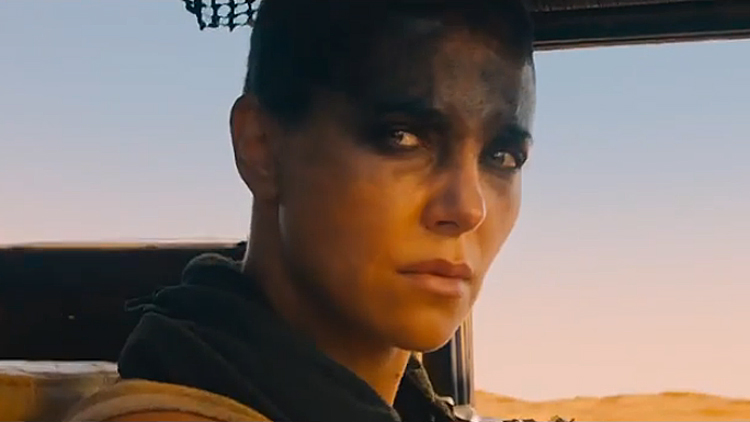
Rating: ***1/2
Key to ratings:
***** (essential viewing)
**** (excellent)
*** (worth a look)
** (forgettable)
* (rubbish!!)
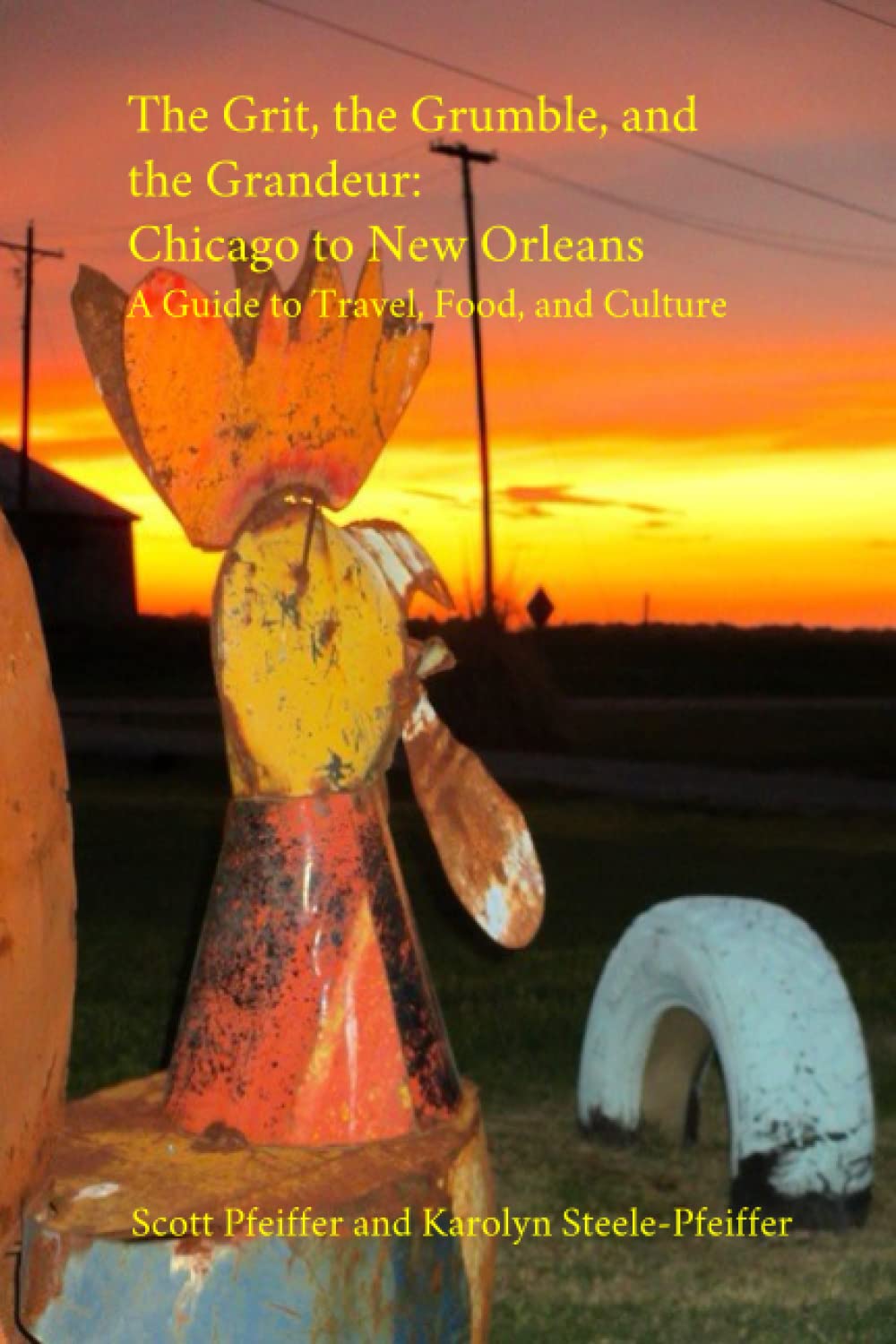

Reader Comments